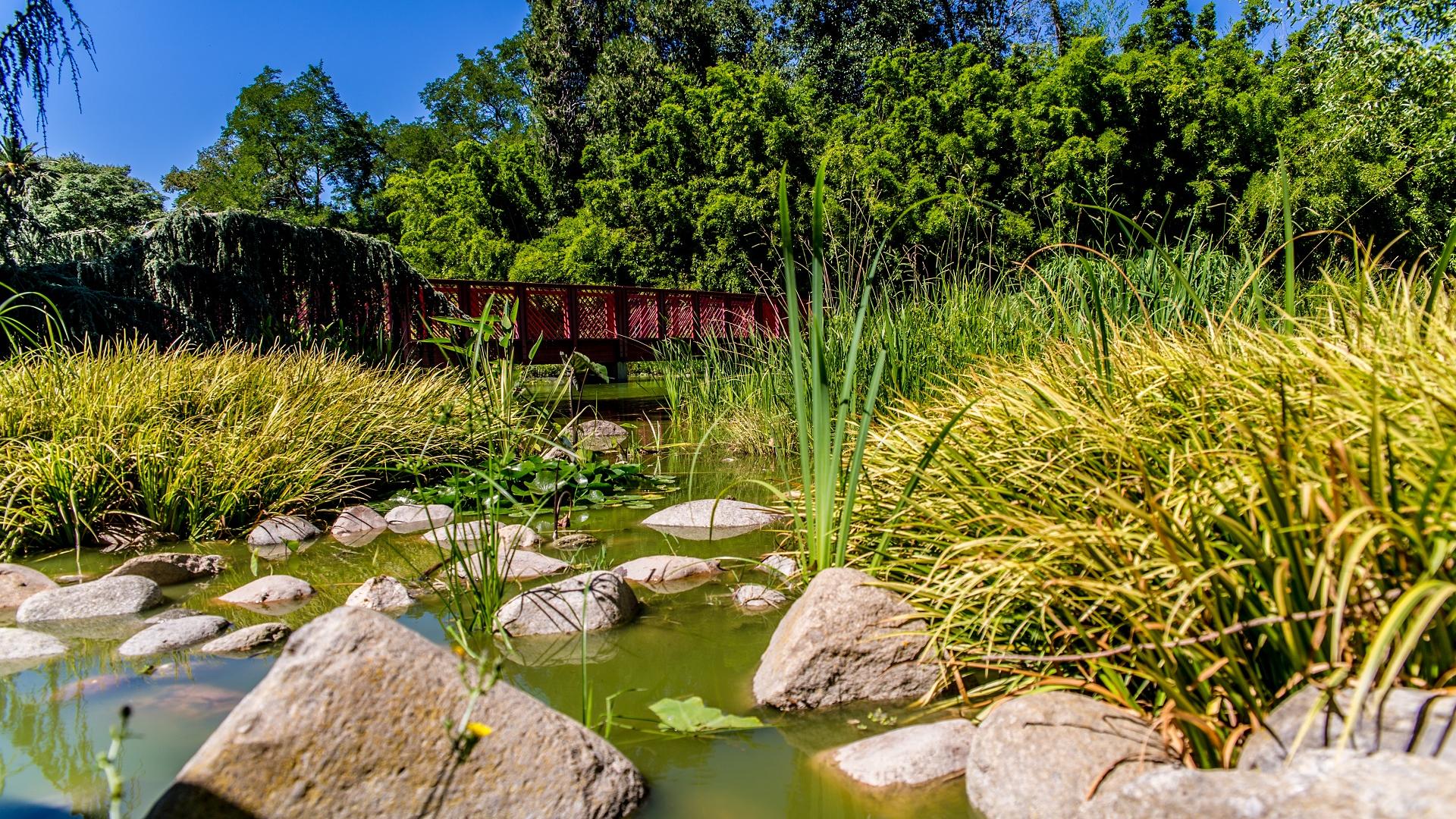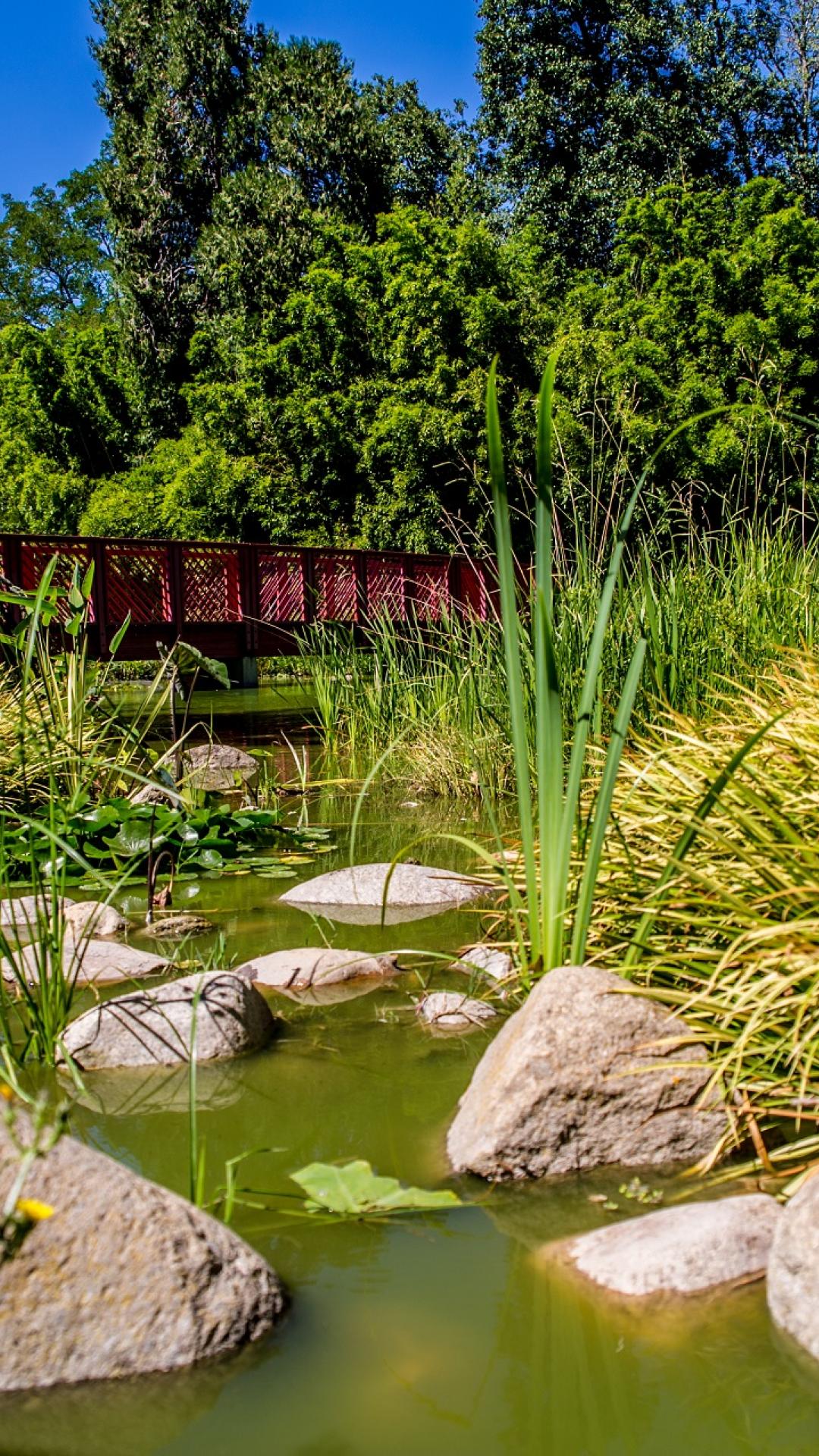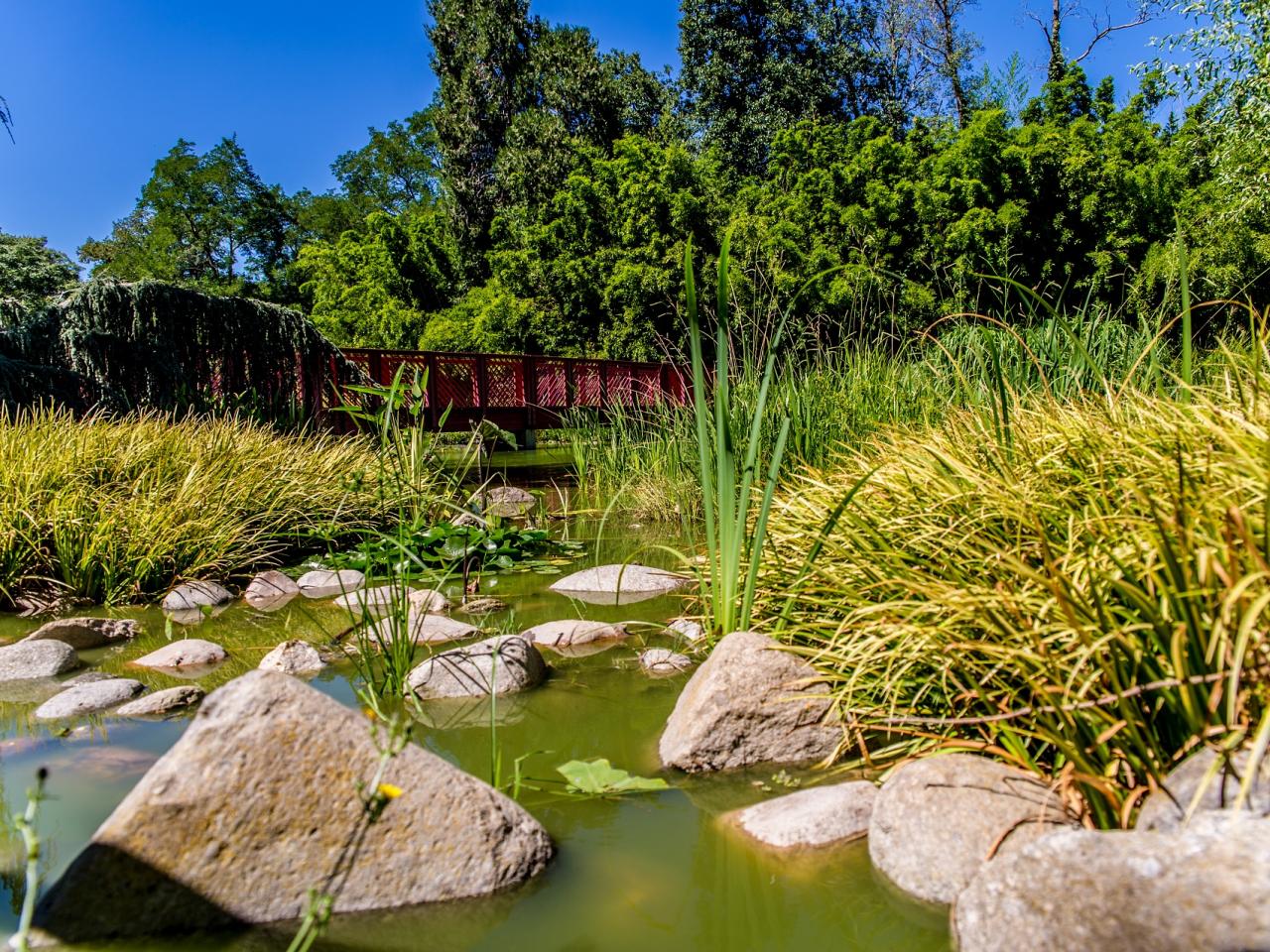Let's preserve nature
The Saint-Cyprien Tourist Office disseminates information on fragile natural environments such as marine or lake environments, snow-covered environments, unspoiled areas, specific biotopes ... This information is provided in collaboration with other regional members involved in the protection of the environment.
Jardin des plantes
The Jardin des plantes of Saint-Cyprien extends over 5 hectares, formerly the garden of the Villa des Capellans. The family had built a château which was destroyed, but the garden was kept for them. It is home to more than 800 species of plants and shrubs, including rare plants, a rich collection of old roses is to be admired. Remarkable trees are also present there, like the Wollemi pine, it is a species which has existed for millions of years and which is rare today. You can also see imposing magnolias, also sequoias, privets and many palm trees. The garden has an impressive bamboo grove, a lake where many multicoloured koi carp, mallards and frogs are present. There is also the giant victoria water lily. You can also see and listen to the song of the peacocks, which are housed in an aviary. Giant sculptures by different artists have been placed in the garden, they are composed of blocks of pink sandstone and granite. From time to time, exhibitions are held in the garden to present sculptures, but also paintings. In summer, the garden holds events such as concerts, yoga sessions and reading sessions for children.
Parc de la Prade & ornithological area
La Parc de la Prade has an ornithological area hosting many resident and migrating species. There are mallards, swans, teals and mandarins wading in the different lakes. The park has three lakes with aquatic and semi-aquatic plants. It is the perfect place to be immersed in nature and discover the animals in their natural environment without disturbing them. Nature is omnipresent in this park, you can even observe the majestic Mount Canigou. In addition to its ornithological area and its lakes, the Parc de la Prade has a children's playground, a sports trail, a picnic area and a kiosk where it is possible to eat. The park is a real link between Saint-Cyprien beach and Saint-Cyprien village and many activities are held there throughout the year (creative workshops, orienteering course, etc.).
Parc Naturel Marin du Golfe du Lion
The Parc Naturel Marin du Golfe du Lion is a protected marine area that was created by decree on October 11, 2011. The reserve is part of the French Agency for Biodiversity, a public establishment of the Ministry of Ecological and Inclusive Transition. It extends over more than 4,000 km2 of marine space, 100 km of coastline covering 12 coastal municipalities: Leucate, Le Barcarès, Torreilles, Sainte-Marie-la-Mer, Canet-en-Roussillon, Elne, Argelès- sur-Mer, Collioure, Port-Vendres, Banyuls-sur-Mer, Cerbère and Saint-Cyprien. The reserve makes it possible to manage the marine space. Its aim is to meet three fundamental objectives: knowledge of the marine environment, the protection of this ecosystem, and the contribution to the sustainable development of maritime activities. Objectives that adapt to local issues.
Ganivelles
The town of Saint-Cyprien set up ganivelles a few years ago to protect the dunes. These are wind-permeable fences formed by chestnut wooden slats consolidated by galvanised wire. The ganivelles replace the role of vegetation by reforming the dunes. They prevent trampling and promote the return of plants. In fact, on the one hand, they make it possible to enclose the dunes to avoid trampling and, on the other hand, they promote the trapping of sand and thus accelerate the construction of dunes and the growth of plants. They provide habitat for many living species, for example, on the fixed dune (at the back): the silver paronych, the sea anthemis, the sea alsson and the white mignonette. Or, on the embryonic or active dune (the front), dune spurge, sand grass, dune bindweed, sea alfalfa, and thorny grass have developed there.




